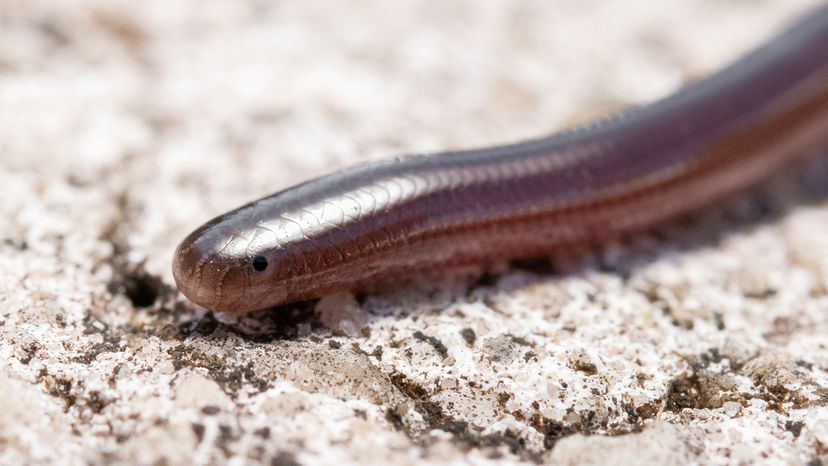Hawaii has encountered several invasive snake species, though none are widespread. The Brahminy blind snake — also known as the Hawaiian blind snake and island blind snake — is one of the most common, arriving through plant imports. It poses little danger to humans but can disrupt the ecosystem.
The brown tree snake also poses a significant threat to Hawaii's ecosystem. These snakes have no natural predators on the island and can out-compete existing animals for food and habitat. Their introduction to this habitat has devastating effects on native species, including endangered native birds.
While the brown tree snake is a major threat, it hasn't been established in Hawaii yet. Native to the South Pacific, including parts of Australia and Papua New Guinea, this highly invasive species became notorious for its impact on Guam, where it was accidentally introduced after World War II.
These mildly venomous snakes primarily prey on birds, lizards and small mammals. They can grow up to 10 feet long (about 3 meters) and are skilled climbers, making them a serious threat to ecosystems with vulnerable wildlife, like Hawaii.
